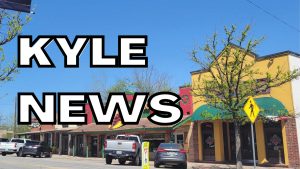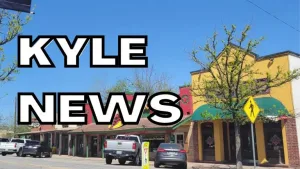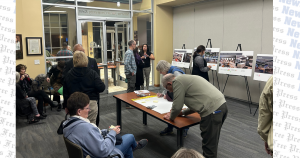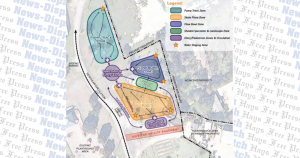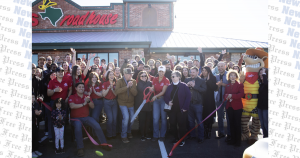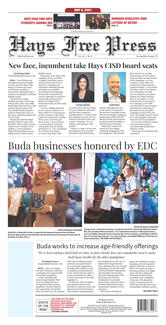
Developer aims for millennial generation with new build
Appealing to the millennial generation, that wants lower mortgage costs and increased amenities, is the goal for the developer of a parcel of land on Sledge Street in Kyle.
Michael Bowen, president and developer for Thunder Horse Development, is looking to bring a new targeted demographic to Kyle, by providing the housing options that he believes could provide smaller, more affordable homes to the Interstate 35 corridor.
“The market is ...
Developer aims for millennial generation with new build
Appealing to the millennial generation, that wants lower mortgage costs and increased amenities, is the goal for the developer of a parcel of land on Sledge Street in Kyle.
Michael Bowen, president and developer for Thunder Horse Development, is looking to bring a new targeted demographic to Kyle, by providing the housing options that he believes could provide smaller, more affordable homes to the Interstate 35 corridor.
“The market is showing that the younger generation wants smaller mortgage payments and maintenance. Lifestyle is changing. People want to spend their money on recreation and traveling, not expensive housing.”
–Michael Bowen, president and developer for Thunder Horse Development
1001 Sledge Street will soon be the site of around 66 homes on 15 acres. Originally, the plot of land purchased by Bowen was zoned agriculture. After two phases of voting by city council, the plot of land is now R-1-3 residential, which allows for 50 to 60 foot plots for homes. The development will house roughly 4.6 lots per acre.
During the preliminary stages of voting, residents of the Bradford Meadows neighborhood were concerned with the zoning change, saying that the added density would negatively affect traffic in the area.
However, after two phases of voting, council voted in favor of the zoning change, opening the opportunity for more housing development in the area.
Bowen, who is a small developer, said he would live with his family in the neighborhood he plans to develop, a move he says shows his commitment to the community.
“The market is showing that the younger generation wants smaller mortgage payments and maintenance,” Bowen said. “Lifestyle is changing. People want to spend their money on recreation and traveling, not expensive housing.”
As a compromise to the zoning request, members of the community asked for council to consider the zoning change to R-1-2 residential, which would call for homes on 65 to 80 foot lots, mending concerns about density.
The compromise was not met because rising land costs would not allow Bowen to successfully turn a profit with a less dense zoning request.
“New developers cannot develop the way they used to in Kyle,” said Travis Mitchell, mayor of Kyle. “Bowen will be required to incorporate as much of our Residential Style Guide as is feasible given the small parcel he intends to develop.”
Mitchell said the city expects developers to help with infrastructure needs of the area, which will include building sidewalks, green space and roads in and out of the development.
Although Bowen will not be the homebuilder, he is currently speaking with builders in the area who will meet the standards and philosophy he expects for the homes.
Since the homes will appeal to a target audience with affordability in mind, Bowen said a preliminary estimate would swing around $250,000 to $350,000 dollars for a home.
Bowen said the development would incorporate a little more than two acres of green space and a pond with different amenities for the residents.
“The development will meet all the city’s requirements set in the style guide and comprehensive plan,” Bowen said. “Aesthetically, it’s going to be a beautiful development that I know this community will enjoy.”
Mitchell, a proponent of the “smart growth” model, said the city’s philosophy calls for walkability, open-space preservation and development in the city’s core, a key component to the zoning change.
“Kyle must combat our sprawling development patterns in order to prosper,” Mitchell said. “If we denied or diminished the applicant’s zoning request, the result would be increased development pressure just outside our city limits, putting strain on our infrastructure and further alienating downtown from the prospect of meaningful revitalization.”



